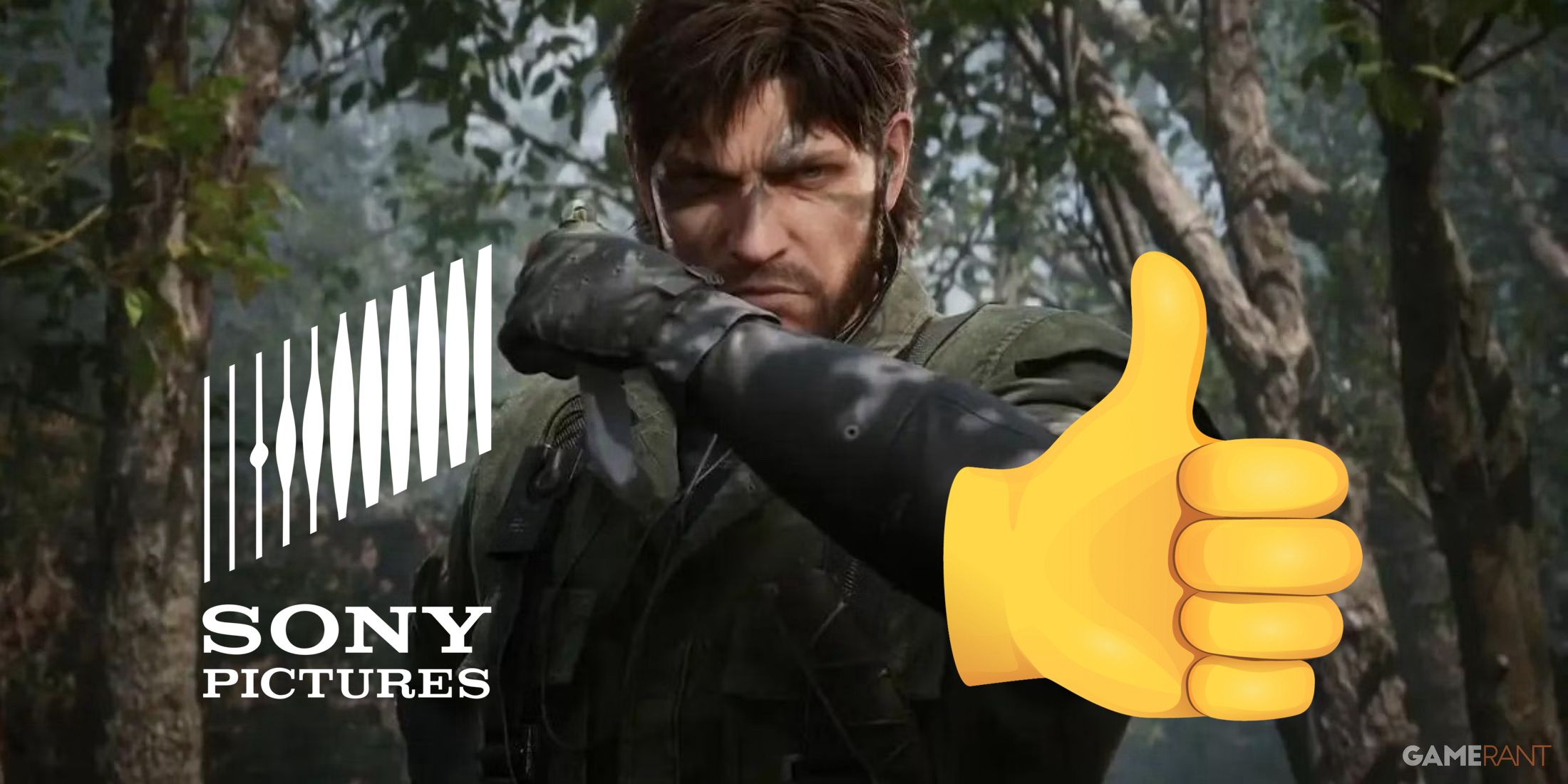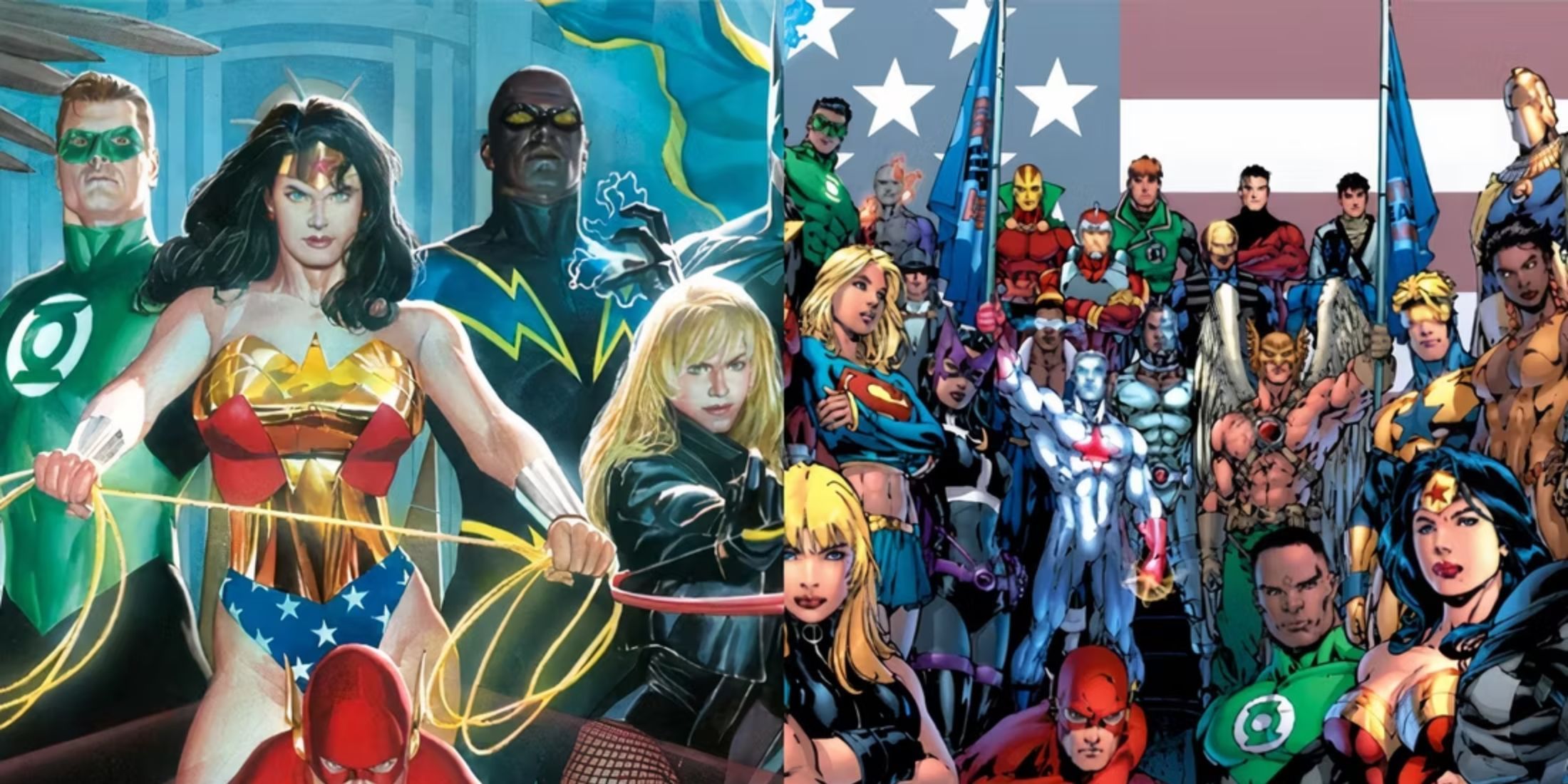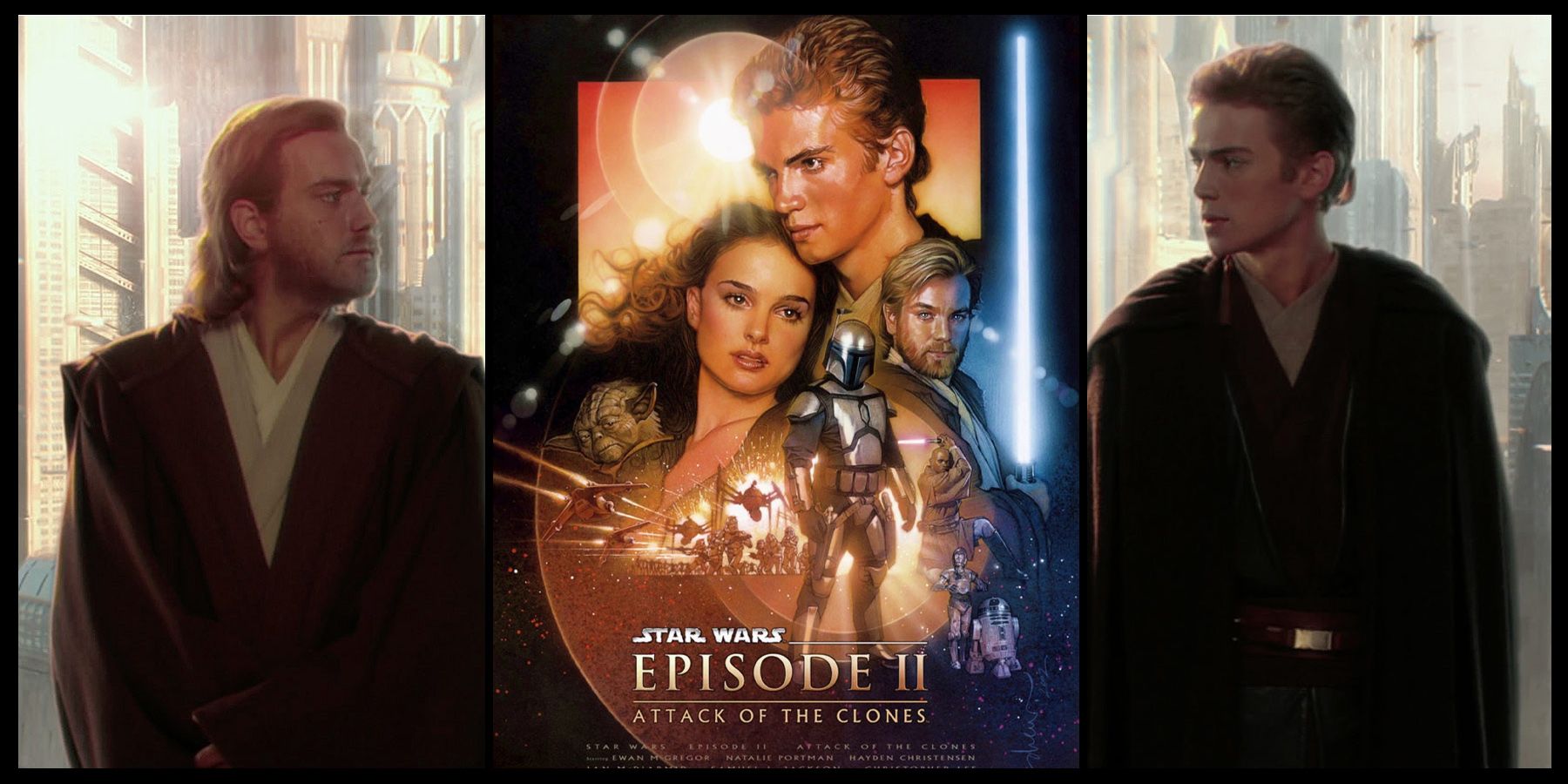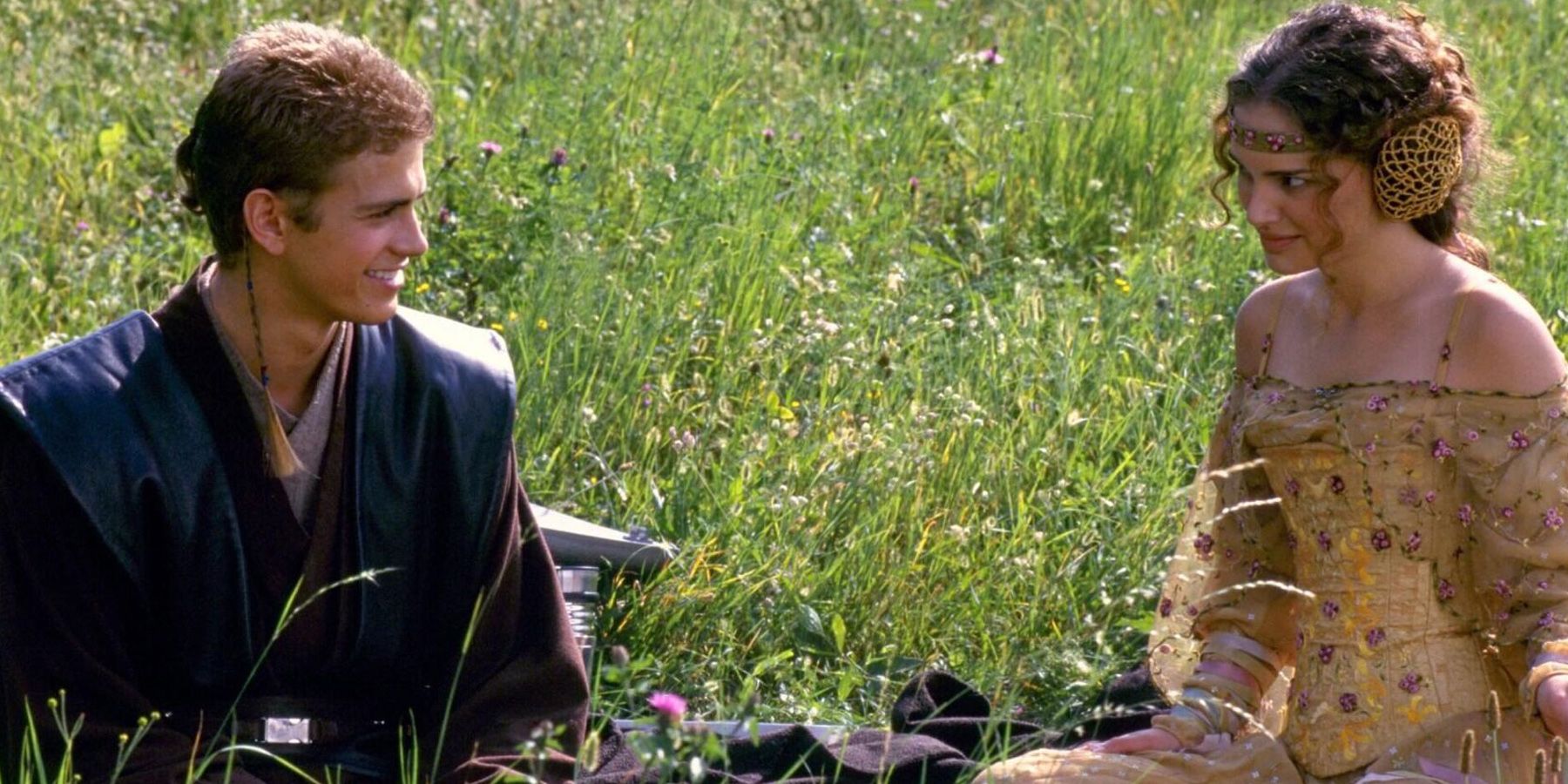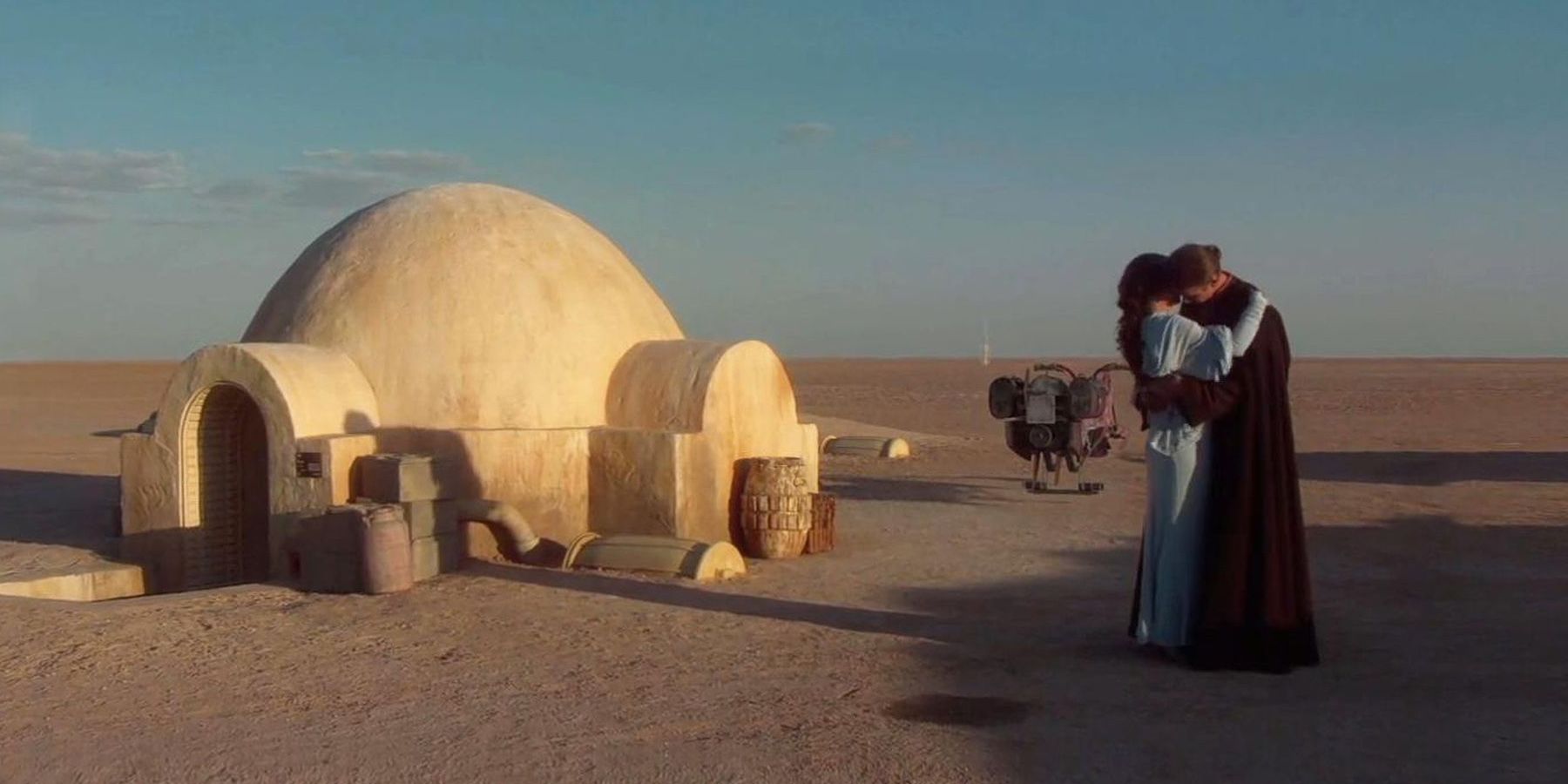When the first StarWars movies were premiering in the seventies, they were not paragons of perfect cinema — and they did not need to be, as they had more than enough novelty and excitement to offer theatergoers. The prequel trilogy had a far greater burden to bear: to deliver an experience that would effectively resurrect the franchise for a new generation, while also staying true to the original movies. The trilogy did both — but it turned out that audiences required more, and thus was born an evergreen debate. Attack of the Clones, in particular, bore (and still bears) the brunt of criticism aimed at the prequels. But why?
Following Return of the Jedi, viewers waited sixteen years for the next Star Wars installment. Fans spent sixteen years rewatching the original trilogy (first on video, then DVD), memorizing its every detail, meme-ing it into blockbuster legend. Whatever followed could not possibly live up to the myth that was Star Wars, but that did not stop The Phantom Menace achieving outsized commercial success, despite critics’ disdain. Yet the prequels faced a very different audience, once with more access to rewatch movies, and one with arguably higher standards for even their blockbuster fare. What momentum The Phantom Menace derived from decades of anticipation would begin to wear off quickly…and continue to wear off through subsequent episodes. By the time Attack of the Clones was released, viewers were too accustomed to pitch-perfect production to be easily distracted by shiny laser swords — and too savvy to be satisfied with lazy writing.
A good movie must begin with good writing. There is only so much that actors and directors can do to redeem poorly-written dialogue — and only so much that production can do to cover weak plotting or sloppy storytelling. The short answer to the question of what makes Attack of the Clones a bad movie is that it has bad writing. Its performers have since been lauded (by critics and awards voters alike) for their talent and skill — and rightfully so, as they are good actors. Unfortunately, their vindication requires the audience to recognize a deeper issue: no actors could have redeemed the stilted dialogue, nor enlivened the stodgy plotting. Exchanges like the romantic confessions of Anakin and Padme (in separate scenes, because what the movie really needed was more weak romance) now live in infamy, but they were only ever a symptom of the underlying problem.
That problem extends to the relationships between characters, an aspect of story which usually relies on dialogue. The romance between Anakin and Padme is the most glaring example, unfolding in a series of melodramatic confessions interspersed with less-than-witty repartee. Padme seems mainly to scold Anakin, her established earnestness undercutting any attempt to replicate the sardonic banter of her predecessor, Princess Leia. Anakin does a somewhat better job of flirting, but his general petulance and immaturity seem to justify Padme’s dismissive attitude — in case viewers needed to be reminded that there is a significant age gap, that Anakin was a little boy in the previous movie. Indeed, fixation on Padme as a maternal figure might be the only underlying motivation for their romance, as nothing happening onscreen provides an alternative explanation. Viewers might rightly wonder why the romance plot is foregrounded at all. It demonstrates nothing beyond the fact of Anakin and Padme’s mutual attraction, which most audiences probably already knew or guessed.
Anakin’s relationship with his mentor is somewhat better, improved by the increased playfulness of Ewan McGregor’s dialogue. Unfortunately, it does not get nearly the same amount of screen time as the romance plot, as Anakin and Obi-Wan are separated for most of the movie. It may help, here, to consider the dynamics that were set up in The Phantom Menace: Qui-Gon Jin functioned as the clear father figure to both Anakin and Obi-Wan, and his death should serve as a clear point of connection for them thereafter. The logic of human behavior might even entail that Obi-Wan would subsequently fill that father role for Anakin, but Attack of the Clones eschews that dynamic to position them, instead, as brothers. Yet Obi-Wan still exudes a paternal attitude toward Anakin, leaning heavily — perhaps too heavily — into correction and caution, undermining any attempt at brotherliness. The result is a relationship untethered to either logic or emotion, a setup for a spinoff that proved more grounded and watchable than its source.
Plenty of Star Wars viewers have attributed the weaknesses of Attack of the Clones to its focus on the romance plot, but the attitude that Star Wars should be entirely aromantic ignores the centrality of the will-they-or-won’t-they storyline in the original trilogy. The problem with Attack of the Clones is that its romance plot lacks emotional weight; indeed, lack of emotional weight cripples most of its plotting. The action sequences are still engaging, peppered with the same cheesy repartee that turned Star Wars into one of the most quotable pieces of pop culture in history. Yet the movie still performed admirably at the box office, outgrossing its more-acclaimed corollary, The Empire Strikes Back. By any metric, it was still a successful Star Wars movie.
However, the success of Attack of the Clones should be regarded as more than a footnote in any analysis of its quality. If critics accept that the movie was both thoroughly bad and thoroughly a Star Wars movie, it begs the question: do Star Wars movies need to be…good? Was Attack of the Clones destined to succeed regardless of its story or production?
Yes and no. Here, the box office numbers provide more insight: the lowest-grossing film in the franchise, Solo: A Star Wars Story, grossed 214 million domestically — not enough to recoup its cost, but a respectable showing nonetheless. On the other hand, Rogue One is the third-highest grossing Star Wars movie, earning half a billion dollars domestically and more than one billion worldwide. Rogue One, like Solo, is a standalone story, but it could not be more different from Solo — from most Star Wars movies — rejecting touchstones in favor of themes, subsuming catchphrases to rich, resonant characters. Attack of the Clones, by contrast, meets the minimum requirement for storytelling. However, its relatively lackluster performance suggested that audiences were ready for a more grounded, serious-minded Star Wars, built around authentic characters with complex relationships.


